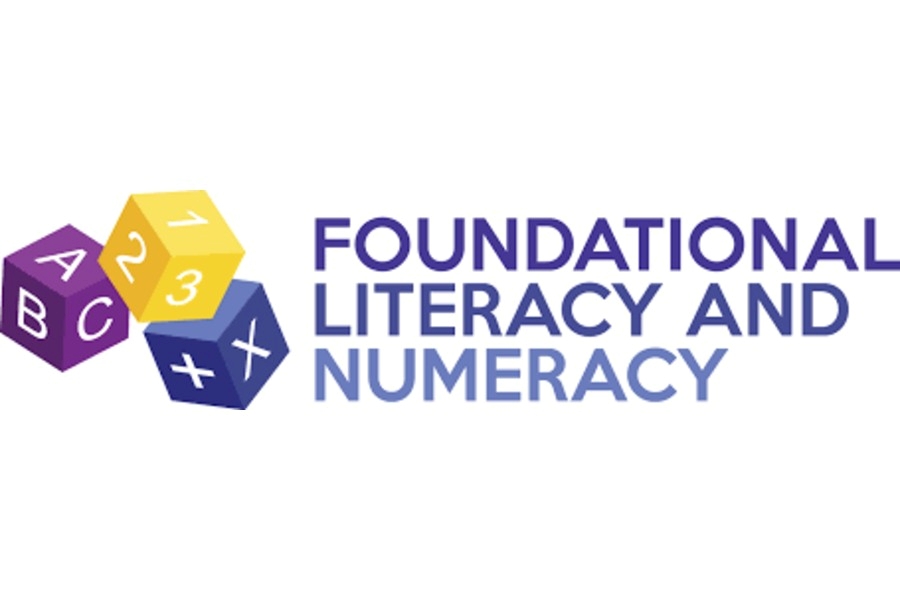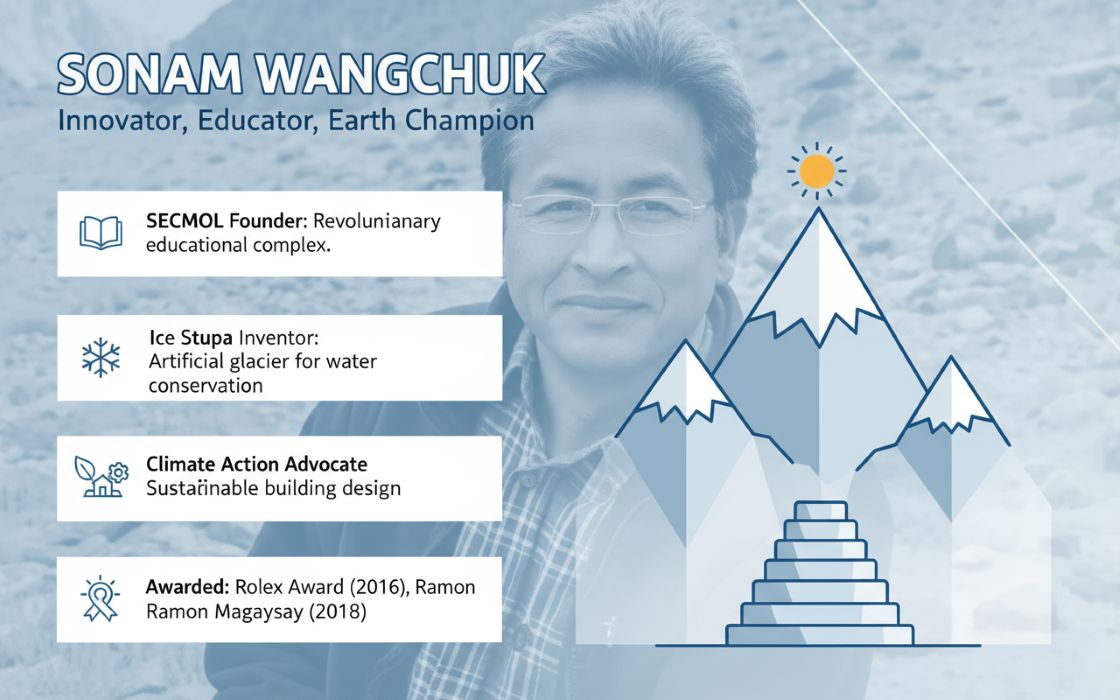In a country where over 70% of persons with disabilities (PwDs) remain unemployed or underemployed, true atmanirbharta—or self-reliance—must be inclusive. This belief drives the vision of SwarajAbility, a first-of-its-kind AI-driven livelihood platform co-created by Youth4Jobs, designed for and with youth with disabilities. From being crowned Asia winners of the MIT Inclusive Innovation Challenge to launching a digital ecosystem tailored to the needs of all 21 disability categories recognized by the RPwD Act, the journey of SwarajAbility is nothing short of transformative.
In this exclusive interview with TheCSRUniverse, Ms. Meera Shenoy, Founder and Director, Youth4Jobs, delves into the story behind SwarajAbility—from the glaring employment gaps it seeks to address, to how it is using ethical AI, accessibility-first design, and strategic corporate partnerships to create long-term impact. Ms. Shenoy shares how the lived experiences of youth with disabilities shaped every feature of the platform, why inclusion must go beyond job fairs and generic portals, and what it truly takes to build a national disability livelihood movement that’s scalable, tech-enabled, and deeply human-centered.
As India eyes its demographic dividend, platforms like SwarajAbility ensure that no one is left behind. Read on to discover how innovation, empathy, and inclusive design are converging to redefine what meaningful work looks like—for everyone.
Q&A
Q. After winning the MIT Inclusion Innovation Challenge, SwarajAbility was launched. What specific challenges in India’s disability-livelihood ecosystem made you feel an AI-based platform could create a real difference?
A. We were the Asia winners of the MIT Inclusive Innovation Challenge in 2019. Every Jury member told me since Youth4Jobs had a large supply pool of youth and demand pool of companies, connecting the two with a cutting edge technology platform was the logical next step. I came back to India reflecting on this ambitious but high impact idea of creating a Naukri for persons with disabilities. We raised funds, brought together the right partners to create SwarajAbility. “Swarajya” is the Gandhian word for independence - and “Ability” as we leverage Abilities of the disabled through tech, training and jobs.
The scale of the problem of unemployment among persons with disabilities (PwD) is large, leaving them in the vicious cycle of poverty. The World Bank states that India has 60-70 million persons with disabilities. 70% are unemployed/underemployed. Less than 0.5% are employed with the NIFTY FIFTY companies. The situation is not uniform across all disabilities and much worse for women with disabilities. ILO states making PwDs employable translates to a 5-7% increase in GDP. The Right to Persons with Disabilities(PwD) Act, 2016, for the first time, highlights the right of a PwD to education and employment.
There are available solutions like: job fairs, conventional job portals where all applicants are treated equally, and job aggregators - acting as facilitators. However, none of these solutions provide a comprehensive solution to PwD employment. The reason for inadequacy of existing solutions is the scale of the problem which needs multiple stakeholders across different sectors to join hands and come up with a scalable solution that is fully accessible, technologically viable and available across the length and breadth of India. Additionally, the solution would have to be mindful of every feature to be suited to all 21 disabilities.
I knew this was exactly what India needed to ensure, while reaping our demographic dividend, vulnerable populations like disabled, are not left behind.
Q. You’ve committed to supporting all 21 disability categories under the RPwD Act, including lesser-served groups like autism or multiple sclerosis. How have you tailored the content and user experience for these groups, and what progress have you made so far?
A. The Act recognises a wide range of 21 disabilities. The platform marries knowledge of different stakeholders like parents, institutions, our team and alumni to ensure all are catered to. For e.g. We have an MOU with both NIMHANS and National Institute of Empowerment of Persons with Intellectual Disability, with a team in the latter, to ensure both content and user experience.
SwarajAbility supports speech and hearing impairments, and blindness by integrating features like sign language videos, compatibility with JAWS and NVDA screen readers, and a fully accessible interface. The platform includes a customizable accessibility menu that adjusts visuals like cursors, fonts, and color schemes based on the selected disability—for example, dyslexia-friendly layouts. Features like zero animations, dark mode, the ability to pause moving elements, and a monochrome display option were integrated with careful consideration, based on insights gained from an intensive workshop conducted with NIMHANS during the initial phase of development.
Youth with disabilities are amazed that first there is a livelihood platform just for persons with disabilities. They also comment on its user-friendliness allowing them to browse and spend time exploring its features and apply for jobs, something unheard of before.
Q. Youth with disabilities participated “at every stage” of SwarajAbility’s design. Which engagement methods or feedback loops stood out as most transformative for shaping the platform?
A. SwarajAbility reflects in every way the UN adage,” Nothing for us, without us.”
Engaging youth with disabilities meaningfully in the design and development of SwarajAbility has been a cornerstone of the platform’s inclusive approach. Their lived experiences and insights have directly shaped how the platform looks, feels, and functions.
It was easier for us as we have about 100 youth with disabilities as part of our team and all our trainees/alumni are PwD. We conducted participatory design workshops involving youth with different disabilities—including visual, hearing, locomotor, intellectual, and neurodiverse groups. In these sessions, users tested wireframes and early prototypes. They provided live feedback on navigation difficulties, content understanding, and visual comfort. These workshops led to design decisions like simplified navigation, dyslexia-friendly fonts, screen reader optimization, and visual contrast adjustments.
We also created disability-specific focus groups so that blind users could focus on screen reader compatibility (JAWS/NVDA), deaf users emphasized the need for sign-language videos and captioning, and Neurodiverse users highlighted overstimulation due to animations or complex layouts. Their feedback directly resulted in the introduction of zero animation mode, dark mode, sign language tutorials, and personalized accessibility settings. In the same light interaction with expert institutions like NIMHANS, suggestions such as monochrome view helped us shape features particularly for users with ADHD, autism, and dyslexia. Additionally, users were requested to participate in short surveys where they indicated improvement areas.
Even today our development cycle consists of continuous feedback through Beta testing.
Q. The beta was soft-launched in February 2022, led by IIT Hyderabad (AI) and Visual Quest (interface). How have these partnerships influenced your roadmap and upcoming features?
A. The best of partners were brought together for the platform development; everyone gave us wholehearted support. We first wrote to the Office of the Principal Scientific Advisor, Govt. of India, to mentor us overall for tech. and connect us to an institute for AI support. And IIT Hyderabad responded, right in the city we lived and one of the young but leading institutes in computer science. They supported us by enhancing the functionality by drafting cutting edge AI algorithms for job matching as well as Candidate Matching for Employers. These algorithms ensure the ethical AI practices which are imperative in the disability space are in place.
Youth4Jobs brought its rich experience in skilling, disability space and job linkages. CII(IBDN), India’s leading business network for disability and ILO are on-boarded subsequently as partners. They help us spread word about the platform in the largest business disability network of the country. Kotak bank is our primary funder and we are fortunate with the kind of faith they reposed in us for a product which even MNCs have told me is “ahead of time”!
Partnerships with leading institutions such as National Institute of Mental Health and Neurological Sciences (NIMHANS) and National Institute of Empowerment of Persons with Intellectual Disabilities, helped us get all the required understanding to bring in all the 21 disabilities onto the platform. Leading technology and marketing experts commit their time and expertise pro-bono for the unique high impact initiative, like Srini Koppolu, who had built Microsoft Research and Development team in India.
Our partnerships continually evolve based on the problem statement we mean to solve for youth with disabilities.
Q. Youth4Jobs already partners with over 1,700 companies. How are you integrating their participation into the SwarajAbility matching system, and what keeps these corporate partners committed?
A. Traditional job portals often fall short in addressing the diverse accessibility needs of persons with disabilities (PwDs). SwarajAbility bridges this critical gap by offering a comprehensive, inclusive solution tailored for disability-inclusive hiring. The platform supports employers in meeting their (ESG) goals through Disability-wise Job Identification and Role Mapping, Sensitization workshops and Ongoing post-hiring support for both employers and employees to ensure long-term success.
Employers can easily register and create multiple recruiter profiles for better team management, post free, unlimited job listings with the option to specify the disability type. Then they can leverage AI-powered smart matching technology to connect with the most suitable candidates. Finally, they can manage applications and candidate communications through a dedicated employer dashboard.
SwarajAbility is increasingly recognized as a strategic partner for companies looking to meet their:
Corporate partners are also featured in success stories, impact reports, and inclusion forums, enhancing their brand visibility as inclusive employers. The alignment with business values and reputational benefits keeps them invested.
Q. The platform analyzes a job-seeker’s profile and suggests targeted skill-building before matching. Could you share a real-life example where this adaptive loop significantly improved employability?
A. A simple representation of how a candidate flows through the system would be: an easy registration process which is also facilitated through a UDID API if required, filling in some essential fields for job matching such as preferred locations, disability type and their qualification. Upon registration, the candidate can log in where his dashboard will already have a curated list of job recommendations waiting for him. The candidate must then simply click a job that he is interested in and apply through a single click.
Today youth with disabilities with work experience who have lost their jobs or wanting better opportunities; less educated youth for whom this is their first job; youth requiring skilling and livelihoods, all register and if there are the right job profiles, get interviewing opportunities. It is transformational for PwDs that they can access these customised services for the first time.
Rajeshwar Wagh’s Impact Story
Born into a farming family in Warzdi village, Maharashtra, Rajeshwar Wagh grew up watching his parents work hard to support their three children. As a teenager, he lost vision in his left eye due to a retinal detachment. Over time, he began losing sight in his right eye too. Yet, Rajeshwar never stopped studying. He completed his B.Tech in Mechanical Engineering without any special accommodations—no scribe, no extra time. “I wrote all my exams like everyone else, even when I couldn’t see clearly,” he says.
In 2020, Rajeshwar landed a mechanical engineering job at L&T. But the nature of the work—harsh lights and welding environments—put his remaining vision at risk. He made the painful decision to leave. He took up IT roles at Infosys and Virtusa but lacked direction. That’s when he discovered Youth4Jobs, a turning point in his journey. At Youth4Jobs, he learned about Accessibility Testing—a field where his lived experience became his strength. With training and confidence, he was asked to look for job opportunities on SwarajAbility. With minimal supervision, he registered himself on the platform using JAWS. “I was surprised to see jobs waiting in my dashboard!” He applied for 3 jobs and landed a job at Brightly Software as an Accessibility Test Engineer, earning an impressive ₹12.5 lakh annual package.
For Rajeshwar, this wasn’t just a job—it was a transformation.
“I bought a fridge and a TV for my mother,” he smiles. “We go on road trips now. I live in a furnished apartment. And I got married last year.”
From a struggling student with low vision to a thriving tech professional, Rajeshwar’s journey is proof that the right opportunity can change everything.
“My parents are proud. I’m proud. And now, I want to help others like me believe in what’s possible. I have told over 20 friends of mine about this easy, accessible and available platform, SwarajAbility.” he says.
Q. Digital access remains a challenge for many persons with disabilities. How does SwarajAbility address issues of affordability, connectivity, and assistive-tech access? Do you use governance measures or advisory panels to guard against AI bias by disability type, gender, or socio-economic background?
A. SwarajAbility is completely free for all youth with disabilities. We have large skilling programs for PwDs pan India including the grassroot. So through our teams, registration of youth and MSMEs who want to hire PwDs after our advocacy also register. “This is our offering to the country. So our divyang mitr (our grassroot team with disabilities themselves), encourage other youth from villages, MSMEs which have 70% of our labour force to join this unique livelihood movement”.
We are working on a digital showcase of Assistive tech aids. The unmet need for assistive technology (AT) is staggering. WHO estimates that by 2030, over 2 billion people will require at least one assistive device, yet only 1 in 10 people currently has access to such products. The issue is further exacerbated by the specificity of these devices. For instance, mobility aids like wheelchairs need to be tailored to individual needs, taking into account factors like the type of disability, user preferences, and the environment in which the device will be used. Adding to that, there are a lot of devices and innovations in the market. Without proper guidance, many PwDs struggle to identify and acquire the most suitable devices, resulting in underutilization of available solutions and a diminished quality of life.
Youth4Jobs has been approached by several Assistive Technology (AT) and Assistive Device (AD) companies seeking a platform to connect with the right audience. These companies recognize the potential of a centralized digital showcase to bridge the gap between suppliers and end-users. Through our work, we have observed that with the right assistive devices, PwDs can significantly enhance their contributions in the workplace. For instance, studies show that employing PwDs increases workplace diversity, innovation, and overall productivity. Additionally, assistive devices empower individuals to perform their roles effectively, fostering independence and boosting their confidence.
Regarding AI bias and ethical issues of AI, while we have an advisory panel, the greatest advantage we have is our repository of rich, authentic data of disability. Our AI algorithms are based on this ensuring no AI biases.
Q. Through your MoU with CII-India Business & Disability Network, how are you translating industrial collaboration into concrete KPIs—like active job listings or inclusive hiring practices?
A. CII member companies are encouraged to post real-time job openings on the SwarajAbility platform, specifically earmarked for candidates with disabilities. CII has also introduced us to participate in sensitization modules and inclusion workshops for HR teams and line managers within member companies. Through the partnership, joint success stories are showcased in CII forums, annual reports, and media. This motivates more companies to come on board and invest in long-term inclusion.
Q. With Youth4Jobs’ strong national presence, are there plans to expand SwarajAbility into other South Asian countries or to partner with international disability–employment networks?
A. Yes, we are exploring international partnerships for SwarajAbility and working towards GDPR compliance and SaaS models for the current feature list. These efforts aim to ensure the platform is scalable, secure, and adaptable to diverse geographies and regulatory environments. Our international awards, like the Singapore one where we competed against APAC region models, has generated interest.
Q. While Kotak Mahindra Bank funded the build, long-term sustainability often requires diverse revenue models. Are you exploring corporate SaaS licenses, outcome-based funding, or other streams to keep the platform free for job-seekers?
A. The goal is a hybrid revenue model where corporates, donors, and ecosystem actors fund the platform’s value, while keeping access free and empowering for job seekers with disabilities.
As part of this strategy, we are introducing a Corporate SaaS Licensing Model and a range of Optional Paid Services, designed to meet the evolving needs of employers committed to disability inclusion.
Corporate SaaS Licensing Model
Subscription-based features for strategic employer partners, like:
- Custom Employer Dashboards
- Disability Inclusion Knowledge Hub
- Optional Paid Services
Q. Looking five years out, which three impact indicators will prove the platform has truly shifted India’s disability-employment ecosystem? Registered job-seekers, time-to-hire, wage growth—or something else?
A. Covid and our grassroot works taught us that women with disabilities and those with multiple disabilities want to be entrepreneurs. So, we have added an entrepreneur module, in sync with their needs, to SwarajAbility. Livelihoods now, for SwarajAbility are both jobs and enterprise.
SwarajAbility’s Core Impact Indicators, from a livelihood perspective, Will Be Tracked Across these Dimensions:
- Employment Outcomes
- Economic Empowerment
- Inclusion & Access

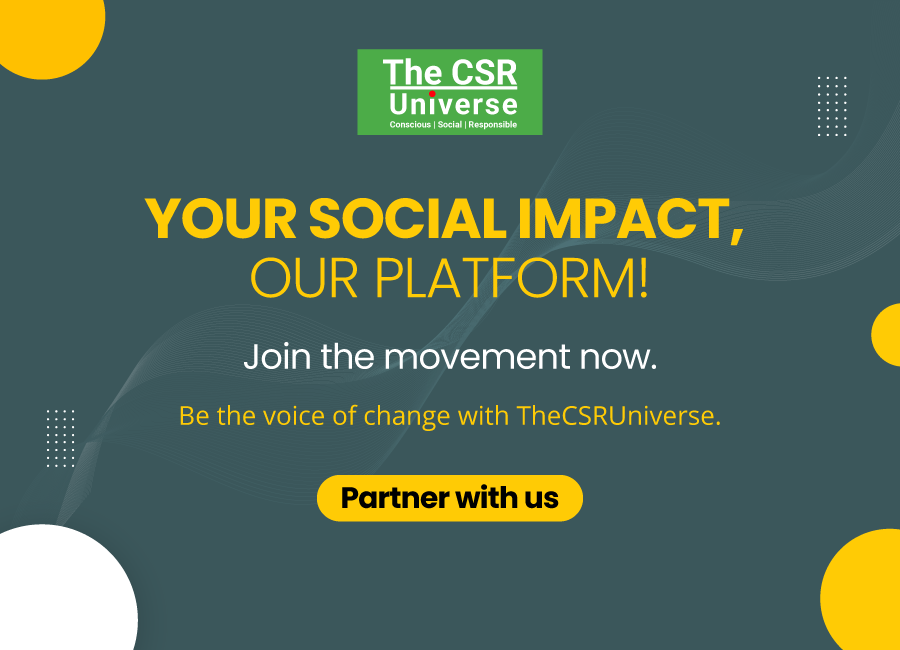

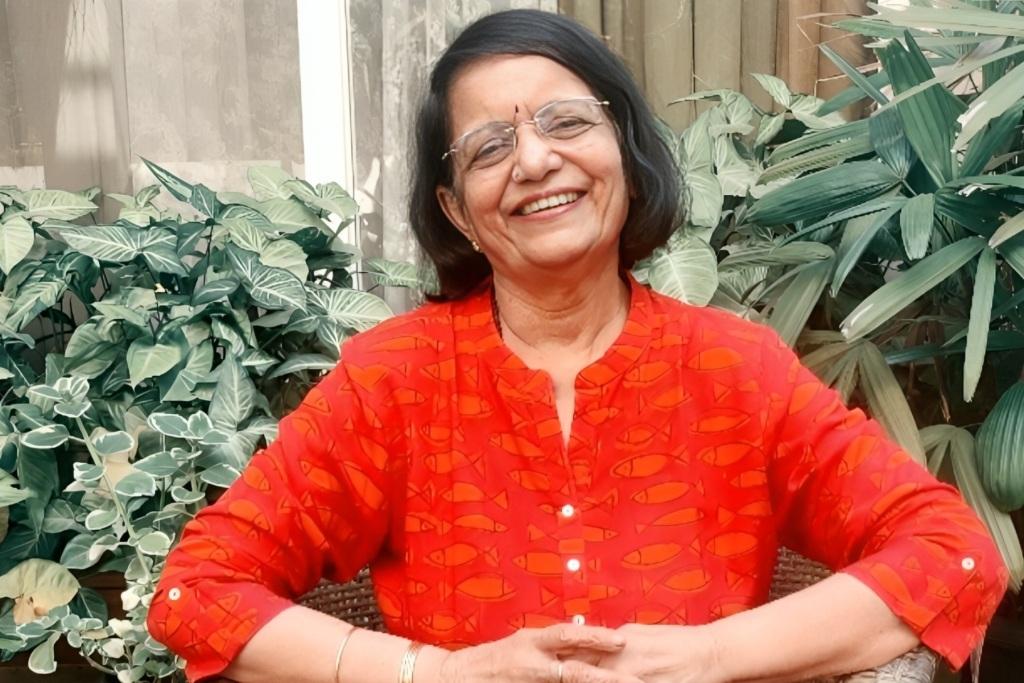
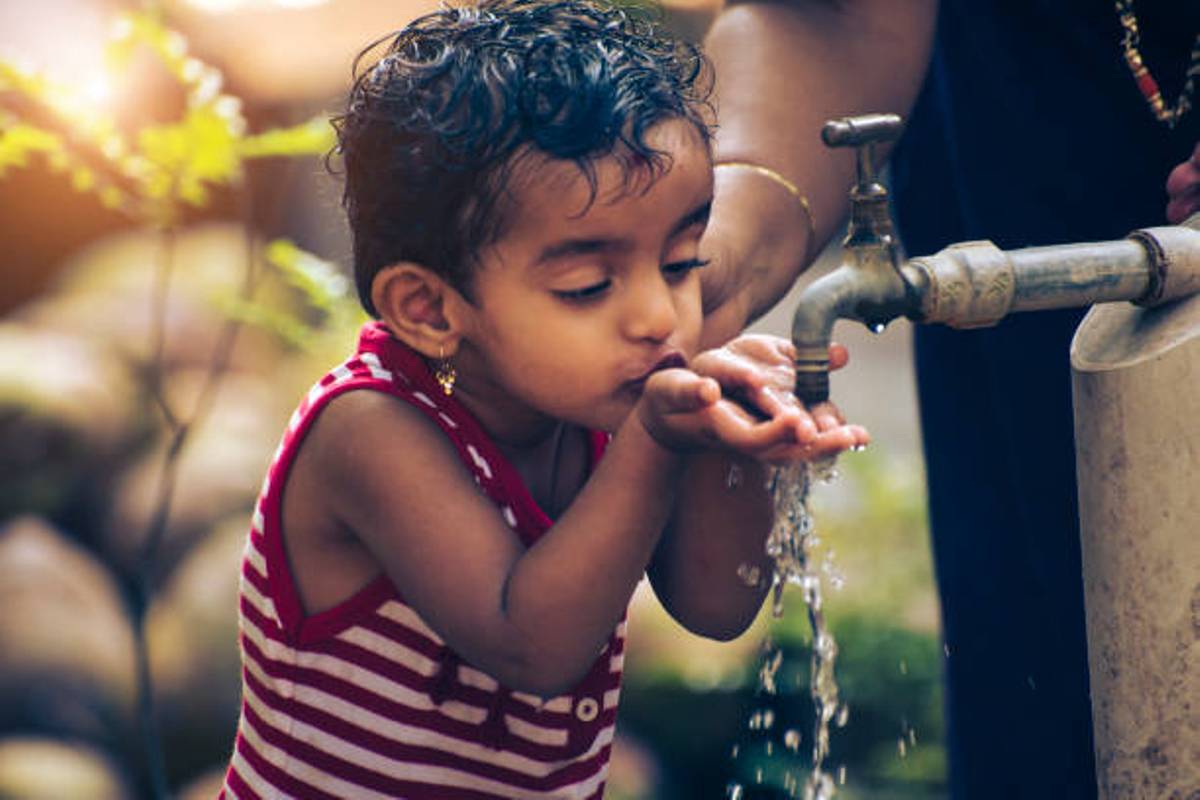
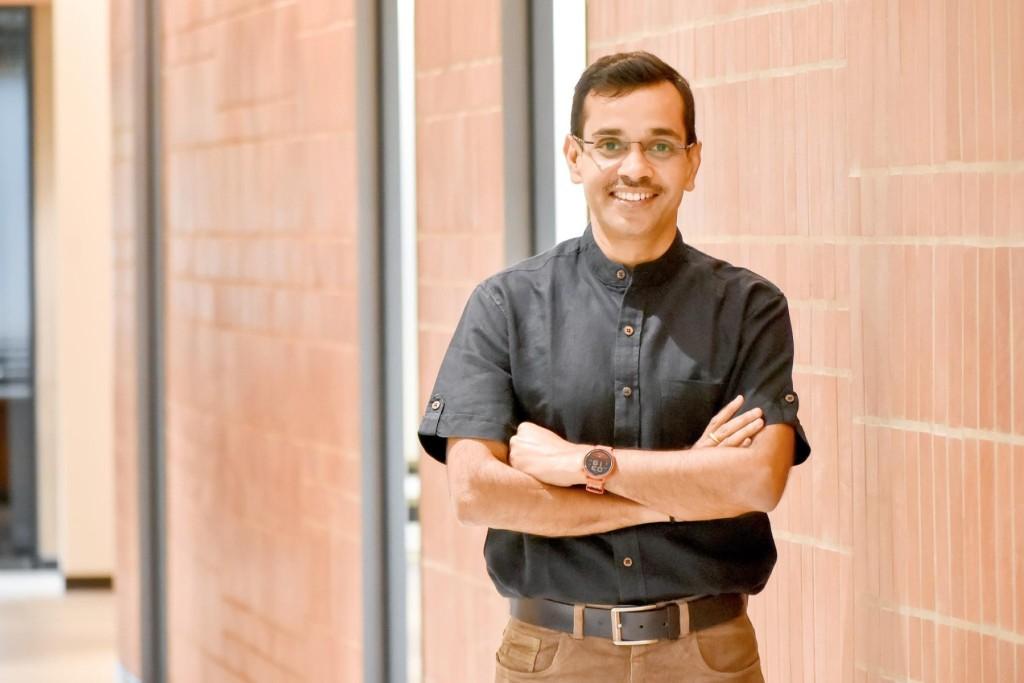

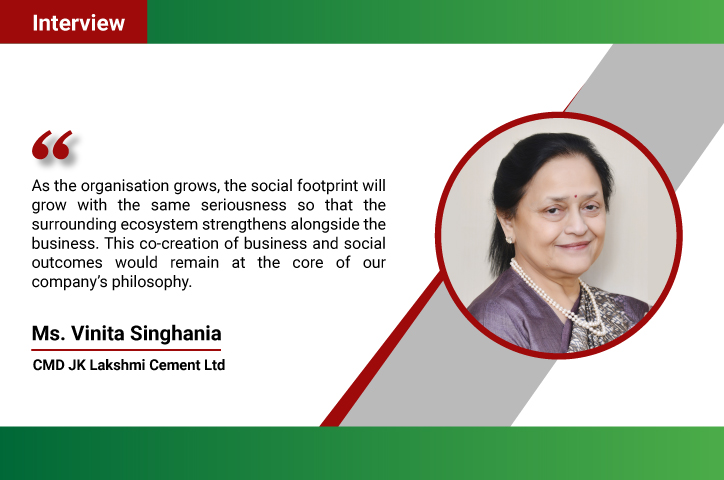
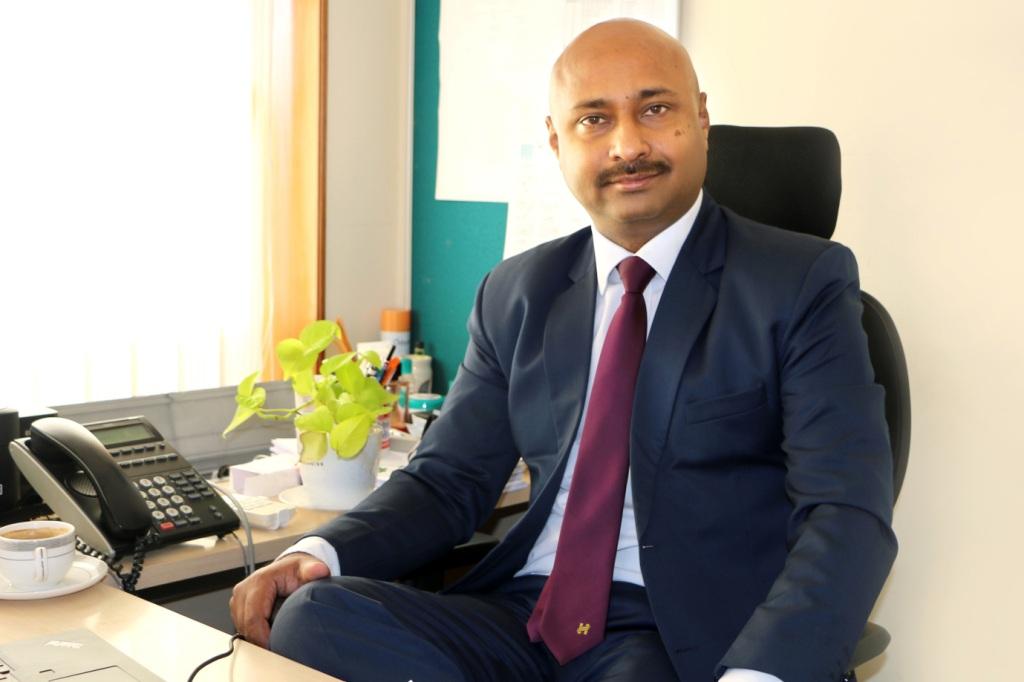
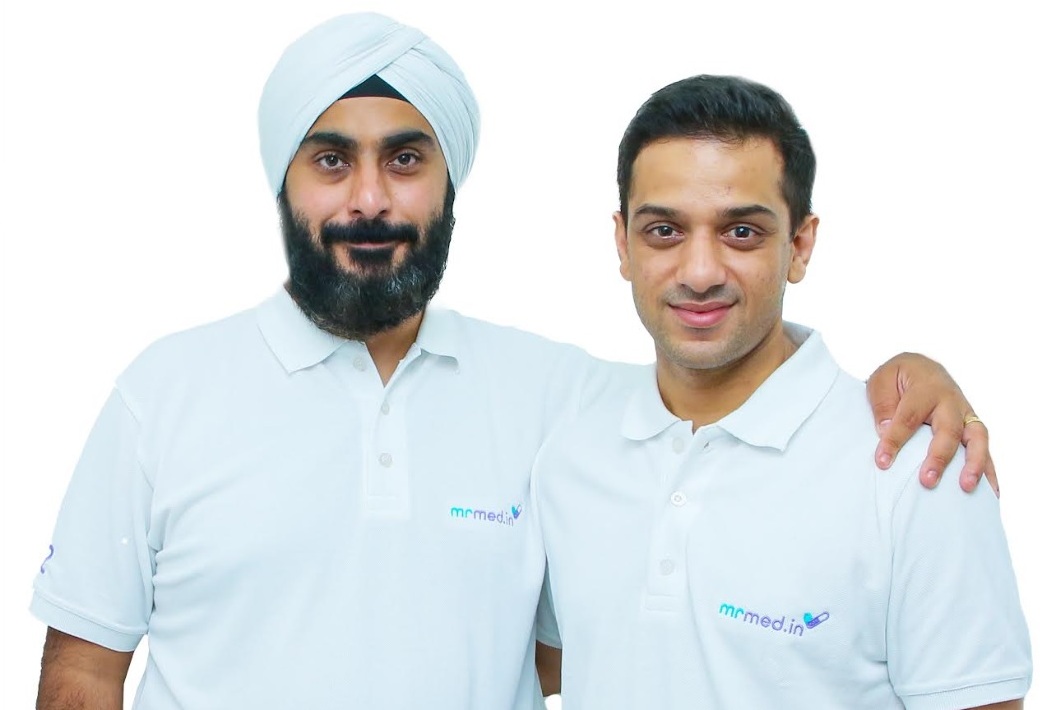
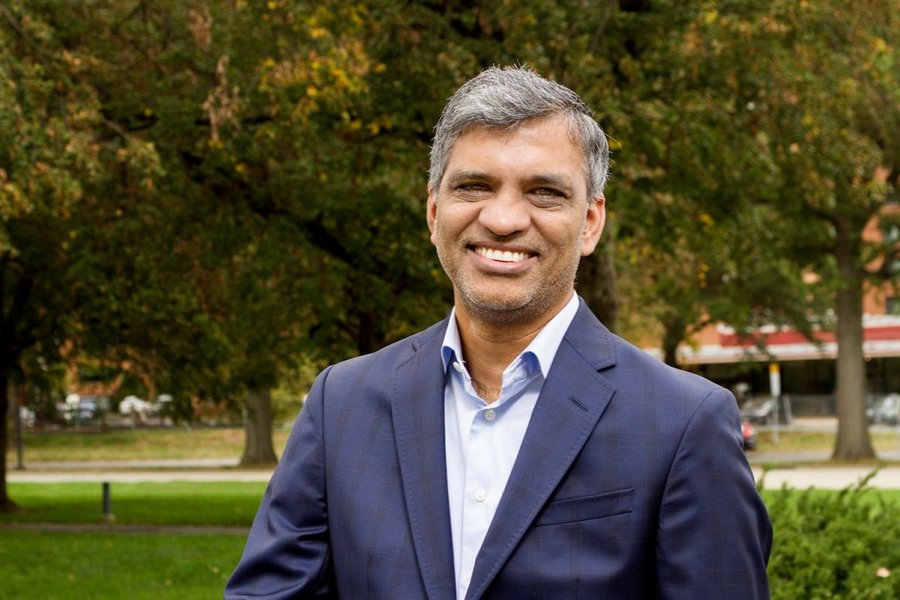
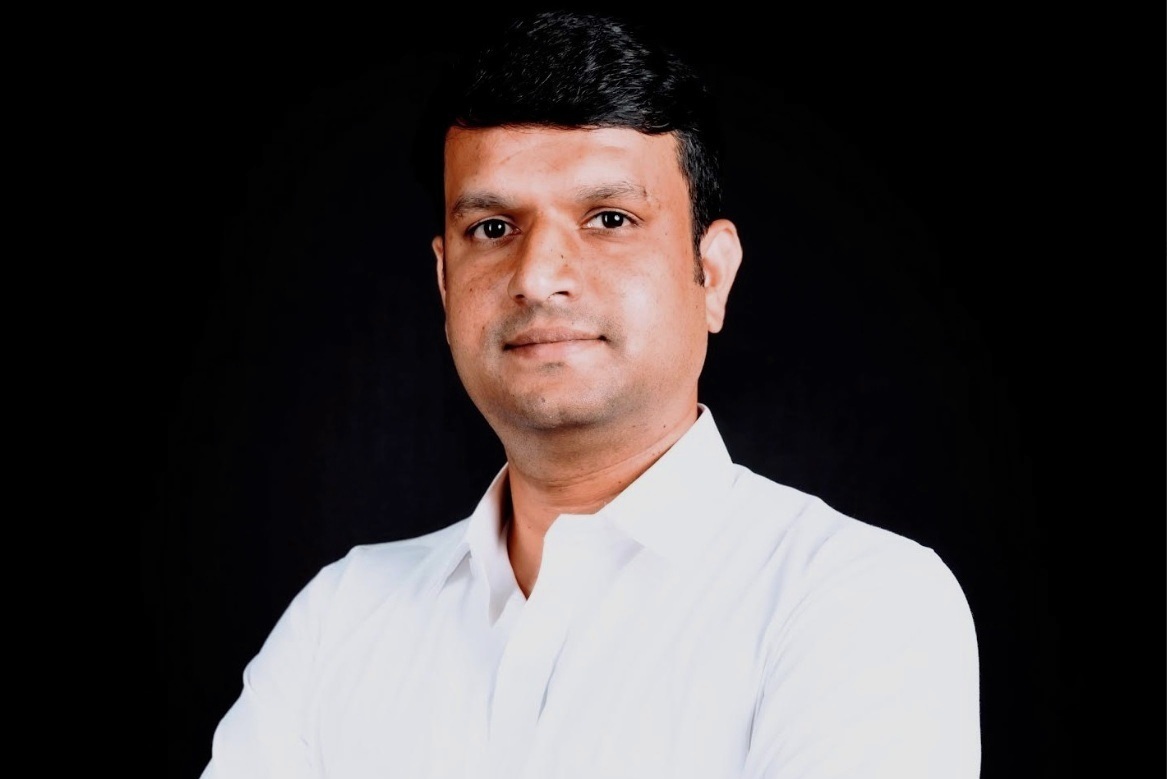
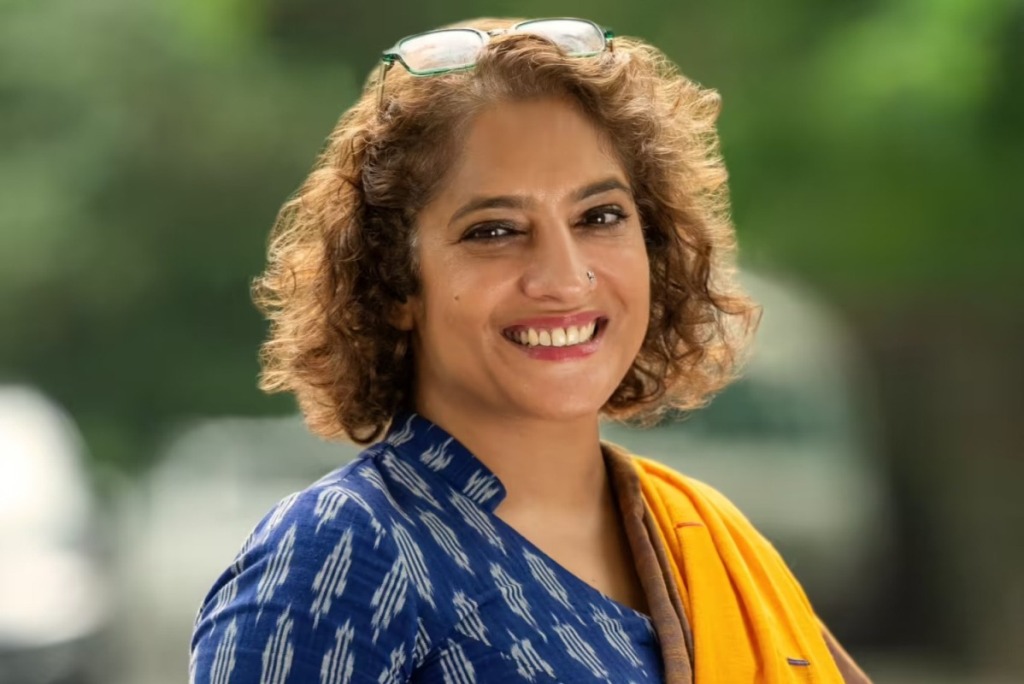

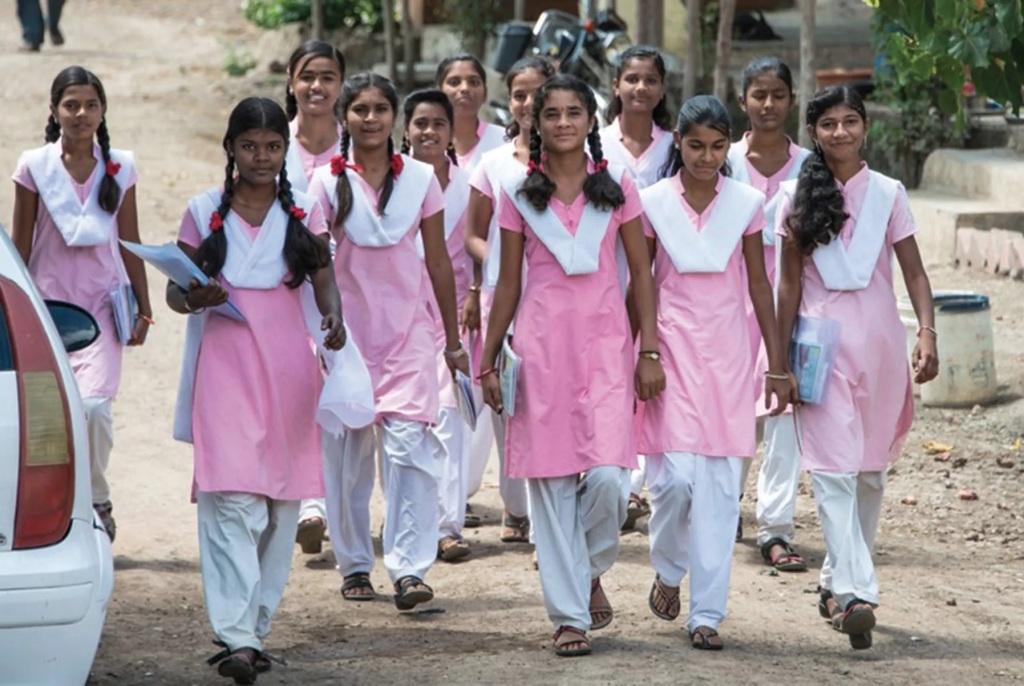
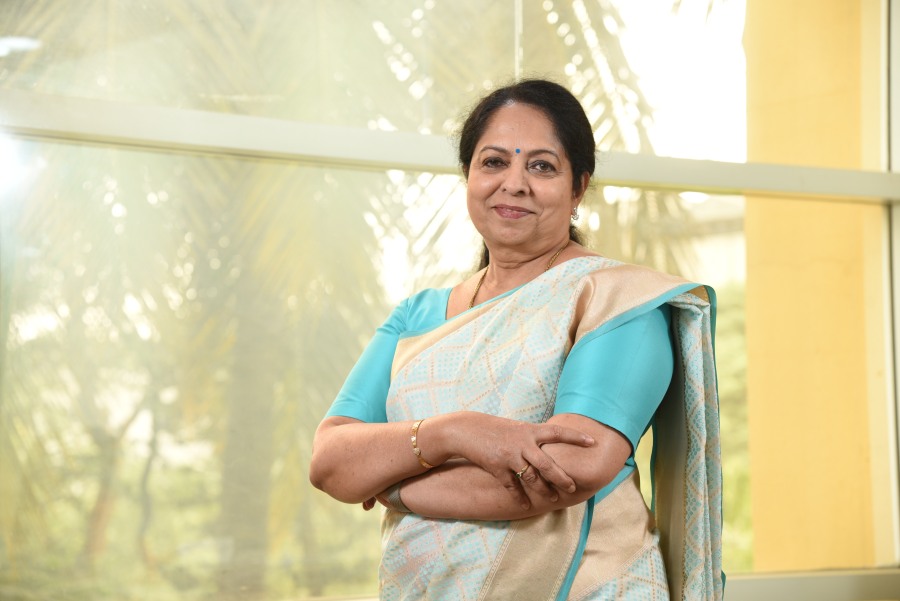
.jpg)
